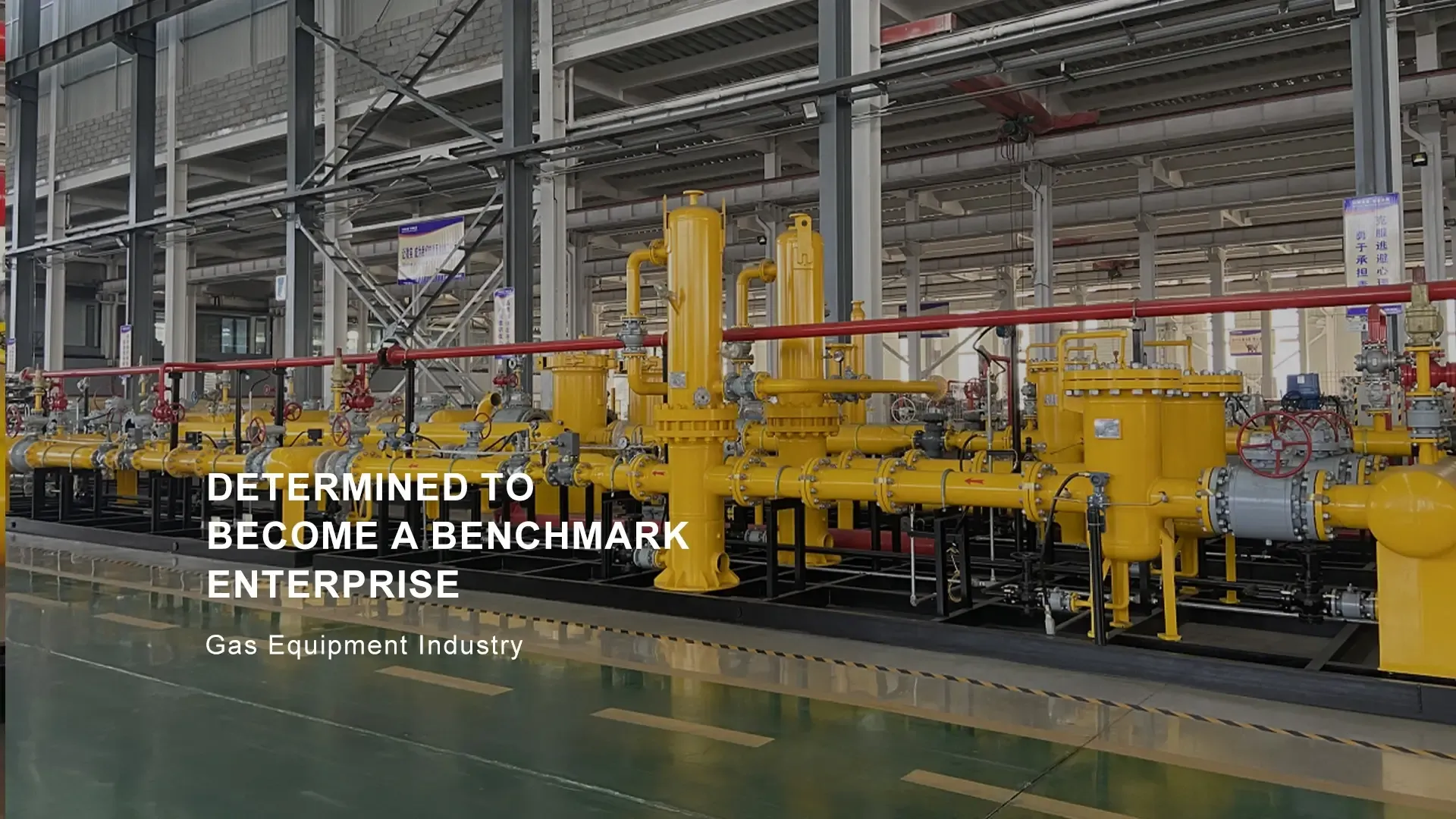
Sep . 11, 2024 13:41
Back to list
Pressure Vessel Solutions - Engineering and Design Services
Understanding Pressure Vessels An Overview
Pressure vessels are integral components in many industries, designed to contain gases or liquids at pressures significantly different from the ambient pressure. Commonly used in the chemical, oil and gas, and power generation sectors, these vessels play a critical role in ensuring safety and efficiency in various processes. This article delves into the essential aspects of pressure vessels, including their design, materials, safety considerations, and applications.
At its core, a pressure vessel is a container that holds substances at high pressure. These vessels are required to withstand immense internal pressures without failing, which can lead to catastrophic accidents. Due to this critical nature, the design of pressure vessels is governed by strict engineering standards and regulations. Common standards include the ASME Boiler and Pressure Vessel Code in the United States, which outlines guidelines for material selection, design calculations, manufacturing processes, and testing.
The design of a pressure vessel typically involves considerations of the materials used
. Common materials include carbon steel, stainless steel, and various alloys that can resist corrosion and oxidation. The choice of material is crucial, as it impacts the vessel's strength, durability, and ability to handle specific chemical environments. Additionally, the geometry of the vessel is carefully engineered, with cylindrical shapes being prevalent due to their ability to evenly distribute stress.pressure vessel

Safety is paramount when it comes to pressure vessels. Engineers must conduct thorough risk assessments to identify potential hazards associated with high-pressure operations. Regular inspections and maintenance checks are essential for the early detection of issues such as corrosion, fatigue, or material degradation. Furthermore, pressure relief devices, such as safety valves, are installed to mitigate risks and prevent over-pressurization, ensuring a safe operational environment.
Applications of pressure vessels are vast and varied. In the oil and gas industry, they are used for the storage of crude oil, natural gas, and various chemicals. In the chemical manufacturing sector, pressure vessels facilitate processes such as polymerization and distillation, where controlled environments are crucial for producing quality products. Power plants utilize pressure vessels for steam generation in turbines, where the efficient conversion of heat to mechanical energy takes place. Additionally, pressure vessels play a pivotal role in food and beverage industries, where they are employed in pasteurization processes.
As technology advances, the development of pressure vessels has evolved to include smart monitoring systems that enhance their safety and operational efficiency. These systems can provide real-time data on pressure levels, temperature variations, and material integrity, facilitating proactive maintenance and reducing the risk of unexpected failures.
In conclusion, pressure vessels are vital components across many industries, designed to safely contain substances under high pressure. Their design, construction, and maintenance are subject to rigorous standards to ensure safety and reliability. As industries continue to innovate, the importance of understanding and improving pressure vessel technology will grow, further enhancing safety and efficiency in processes that rely on these critical systems. Whether in power generation, chemical processing, or food production, pressure vessels remain at the forefront of industrial operations, contributing significantly to the global economy.
Latest news
-
Safety Valve Spring-Loaded Design Overpressure ProtectionNewsJul.25,2025
-
Precision Voltage Regulator AC5 Accuracy Grade PerformanceNewsJul.25,2025
-
Natural Gas Pressure Regulating Skid Industrial Pipeline ApplicationsNewsJul.25,2025
-
Natural Gas Filter Stainless Steel Mesh Element DesignNewsJul.25,2025
-
Gas Pressure Regulator Valve Direct-Acting Spring-Loaded DesignNewsJul.25,2025
-
Decompression Equipment Multi-Stage Heat Exchange System DesignNewsJul.25,2025

